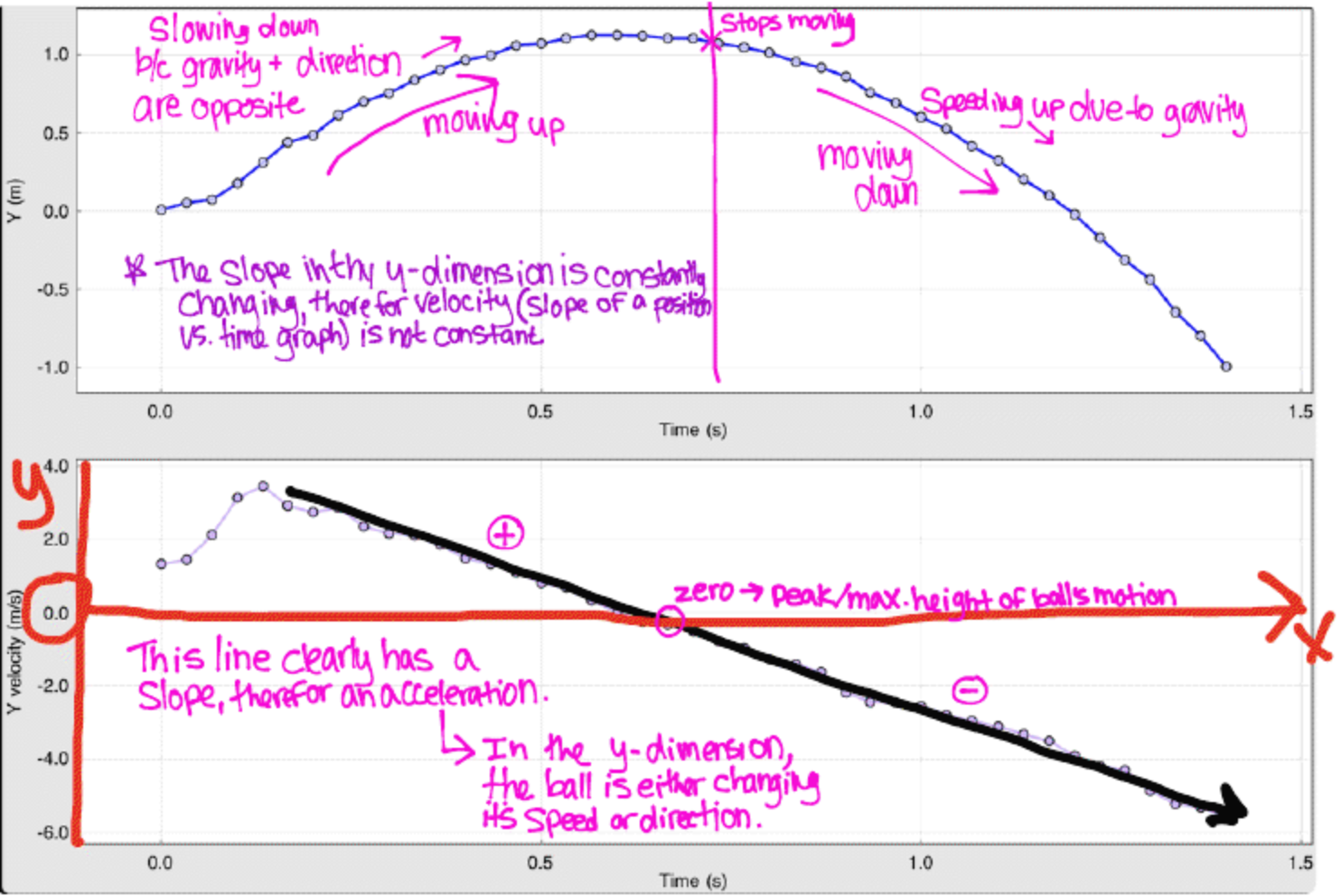- Helpful Information:
- LIGHT is a WAVE... light is an electromagnetic wave caused by a moving charge.
- Light can travel in space which has no particles
- Light travels at it's fastest speed in space where there are no particles.
- SOUND is a WAVE... A mechanical LONGITUDINAL wave.
- sound needs a medium or material (air, water, helium) to travel in.
- Sound waves bounce the particles of the medium in which it is traveling together in order for the wave to move.
- LONGITUDINAL wave because the medium/material is moving in the same direction as energy.
- Sound waves stretch and bounce, almost like a centipede, making sound a COMPRESSION wave.
- BEST DEFINITION: the longitudinal movement of air molecules
How do musical instruments work? Instruments move air through sound waves
Now that we understand that basics of what sound really is, lets try and grasp how that relates to the creation of MUSIC. The difference between the noise we hear when we drop something on the floor and the culmination of sounds we hear when we listen to our favorite song is very simple. When we hear music in the way we do, it is because music is made up of a combination of waves with different frequencies that are mathematically proportional. These different areas of frequencies in which standing waves of sounds occur at are called harmonics. Noise is not mathematically proportional. But what does "mathematically proportional" actually mean, especially in terms of music?
In class, we analyzed the frequency of different sounds using the FFT Labquest equipment. This is an example of some of the data we were able to get after just .3 seconds of recorded sound.
As you can see, i labeled the "Fundamental Frequency" which is the lowest frequency that a standing wave occurs. This "Mathematically Proportional" music because each harmonic is a multiple of this sound wave's Fundamental Frequency.
(Note: Amplitude is not what we are worried about. Amplitude just means "loudness")
What's the difference between a woodwind & a stringed instrument?
Here's a simple illustration of their differences from my notes:












